Effective sprout fly control measures
When young seedlings are attacked by a sprout fly, gardeners choose control measures based on availability and safety. Agrotechnical techniques are used, chemical means of protection are used, ground beetles and aleohara beetles are launched into the beds - natural exterminators of the larvae of the sprout fly.
What a pest looks like
The sprout fly is a small insect, the length of which does not exceed 5 mm. The body is divided into the head, thoracic region, and abdomen. The color ranges from dirty yellow to gray. The abdomen is gray. Three parallel stripes can be seen along the back. Almost the entire body of the pest is covered with hairs.
The eyes are large, there are antennae on the forehead, the task of which is to catch smells. Fly is a representative of the Diptera squad. The insect uses the front wings for flight, the rear pair serves to maintain balance.
How does it multiply
The insect is bisexual, but there are practically no obvious differences between males and females - except that males have long villi on the back of the legs.
The fly begins to show sexual activity as the heat comes in the spring:
- in warm regions - in mid-May;
- in regions with a temperate climate - in the last decade of May.
Females lay their eggs in the topsoil. Favorite masonry places are damp earth and soil, on the surface of which manure lies. You can often find offspring on the seedlings of cucumbers (the pest from the cotyledon penetrates into the stem).
Eggs are not more than 1 mm in length, are white in color, with a relief pattern on the surface. Each clutch contains 50 to 60 eggs. The period of embryonic development lasts from 3 to 10 days (depending on temperature).
The larva (the duration of this stage is from 10 days to a month) is able to penetrate into the stem of a young plant. This leads to his weakening, and then death. The grown larva can reach 7 mm in length. There are 2 mouth hooks on the front of her thick body.
The pupa is in a hard shell - papuaria. An adult insect appears from it in warm summer weather after 2 weeks. If the eggs were laid in the fall, the pest can sink to a depth of 10 cm, it is normal to survive the winter inside the cocoon and hatch with the arrival of spring.
The first generation of flies comes out after the air warms up to 10 degrees, the second - in June, the third - in July.
The offspring of the sprout fly of the first generation are the most aggressive. The second, third brood are less dangerous for young plants.
How to protect plants
Larvae can crawl long distances in search of food. Pests feed on the seeds and seedlings of most garden crops. The larvae especially actively affect the cotyledons on beans, melons, and peas.
Fly-damaged seeds, as a rule, do not germinate at all. If they nevertheless manage to germinate, the seedlings lose strength, look lethargic, and are easily affected by fungal and bacterial infections. You should not expect a good harvest from a damaged plant.
For the destruction of sprout flies, special agricultural techniques, chemicals, biological agents are used.
Agricultural technology against sprout flies
In order to prevent the pest from breeding, you need to adhere to simple rules for soil cultivation:
- in the fall, clear the site of plant residues (insect larvae hibernate under them);
- carry out deep digging or plowing of the soil - freezing of clods of earth will lead to the death of wintering individuals;
- in the spring, carry out additional digging - the eggs of insects remaining after the cold season dry out under the rays of the sun;
- fertilizing the land with manure or other organic matter, immediately plow so that the specific smell does not attract flies;
- sow seeds even before young larvae appear on the surface of the soil.
It is worth planting plants using seedlings - they are more resistant to sprout flies.
Biosecurity
The insect's natural enemies help to cope with the fly. Ground beetles and aleohares actively eat it. Parasitic wasp wasps feed on larvae. To protect the plantings, it is worth settling insects in the garden.
Chemicals
To protect against sprout flies, experts recommend purchasing seeds that have already been treated with insecticides. Before planting, your own seed can be treated with flour paste with the addition of fenituram (ratio - 1000: 3).
Adults and larvae of the sprout fly die when the plantings are treated with insecticides:
- "Spark";
- "Fufanon";
- Actellik;
- "Karbofos".
They are used if an accumulation of flying insect forms can be seen on tomatoes, cucumbers, pumpkins. Spraying is carried out during the growing season.
Proper soil preparation, carried out in autumn and spring, helps to cope with the sprout fly. Seeds are protected by treatment with insecticides, and young seedlings are protected by spraying with special preparations. It is recommended to combine agrotechnical techniques and chemical remedies for sprout flies with the settlement of the site with insects that eat the pest.
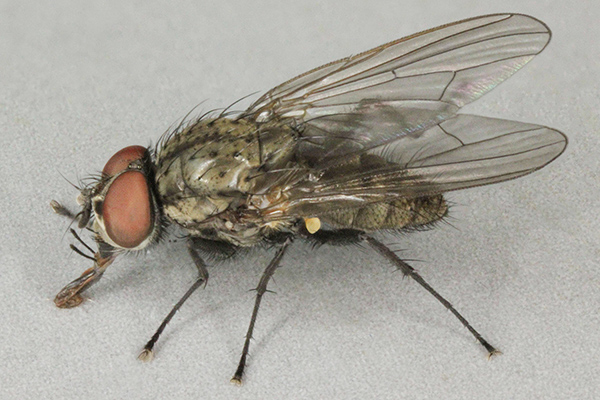
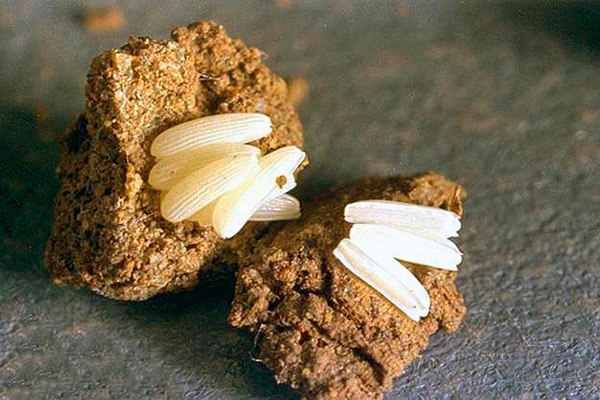
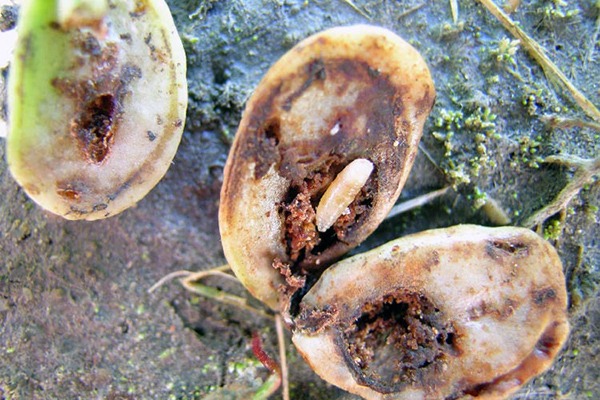
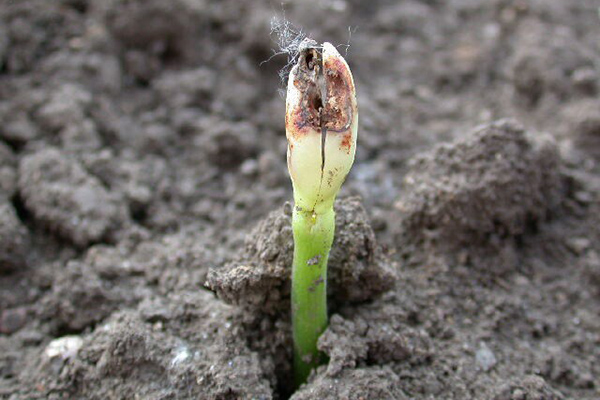
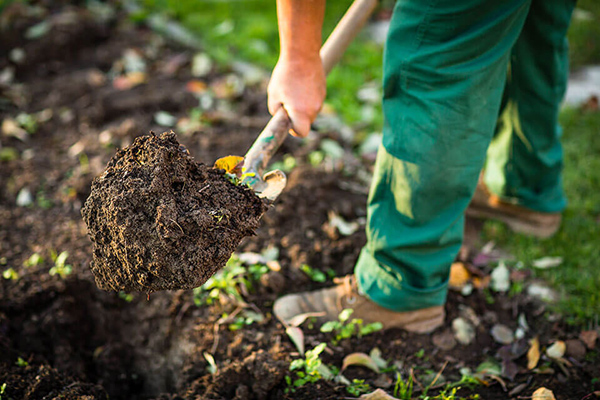
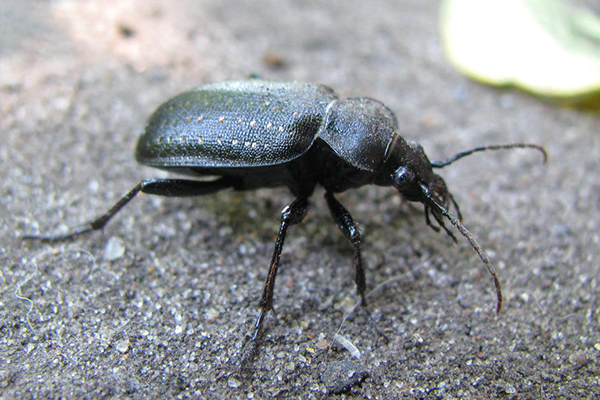
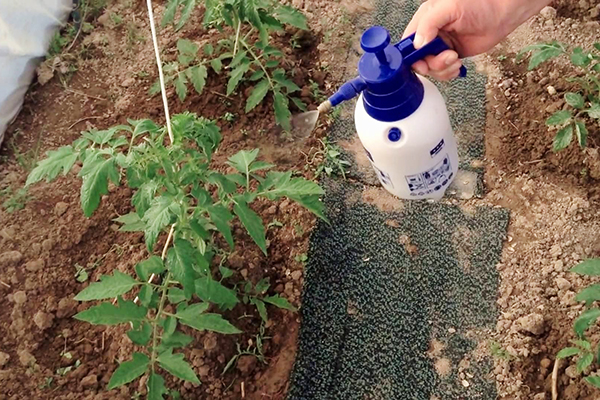

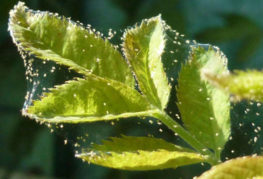
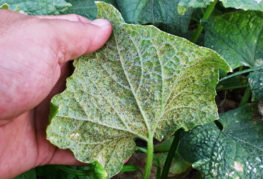

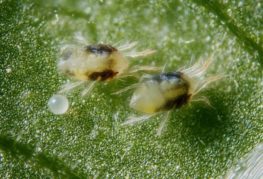
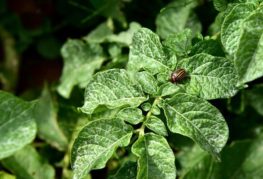
and will be published shortly.